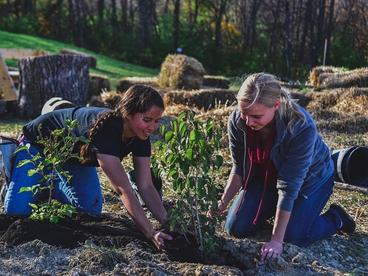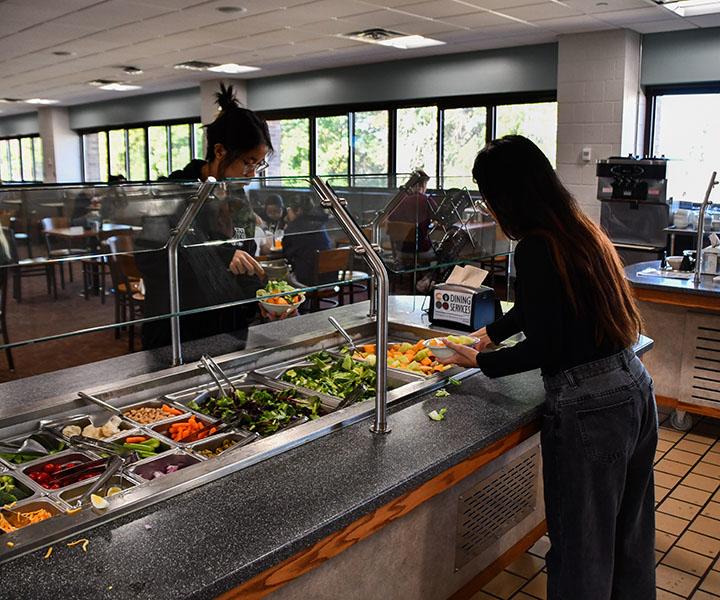
Program Overview
| Program | Course Delivery |
|---|---|
| Environmental Sciences - Major | On-Campus |
| Environmental Sciences - Minor | On-Campus |
Help us save the planet with the environmental science program
Why environmental science? Because “planet saver” isn’t a major. From human health to the global economy, answer questions such as "Where do chemicals released in the environment go?" and "What impact do these chemicals have on the environment?" When sustainability is your priority, learn more about your impact on the environment and what you can do to become a game changer and a difference maker.
Environmental Science is a Bachelor of Science (BS) degree.
Environmental Sciences Major

The environmental sciences degree is designed to provide students with the scientific background and practical skills needed to address environmental issues successfully and the background required to be successful applicants to graduate programs. Students may choose from advanced courses designed to emphasize studies in biological remediation technologies, water quality, or agriculture while participating in a common core of courses that provide knowledge in the basic principles relevant to all areas.
Environmental Sciences Minor

The environmental sciences minor introduces students to the core concepts of environmental sciences. Students will gain an overall understanding of environmental sciences and its importance in today's society. This minor meshes well with major courses of study in biology, agronomy, horticulture, animal science, and natural resources, giving these students a feel for how their disciplines interact with environmental sciences. It also helps develop critical thinking skills in applying science-based decision-making concerning the environment.
Awards and Accreditation
The University of Minnesota Crookston is accredited by the Higher Learning Commission.
Student Experiences
Cost of Attendance (COA)
Full-time (13-18 credits), on-campus.
| Expense Category | MN Resident & Non Resident |
|---|---|
| Tuition/fees | $13,288 |
| Books/supplies* | $279 |
| Housing/food | $11,024 |
Average Cost After Aid

$13,436
Average amount of grants & scholarships received (2022-2023 data)

$12,894
Average net price after grants &
scholarships (2021-2022 data)

$22,883
Average TOTAL student loan debt after
graduation (2022-2023)
Scholarship and Funding Options
The University of Minnesota Crookston provides quick and easy access to over $1 million worth of scholarship opportunities for new and returning students!
Your Future Professors
What is Campus Life Like?
Residential Life
University of Minnesota Crookston's residence halls are ranked #1 public college dorms in Minnesota by Niche. The residential halls are clean, safe, spacious and modern. There is a mix of traditional style rooms, suites, and apartments available on-campus which include amenities such as ensuite bathrooms, walk-closets, and full size kitchens with all major appliances. There are also beautiful common spaces in every residential building that are great places to hangout, play games, study, or relax. Schedule a tour to see for yourself why they're ranked #1!






















